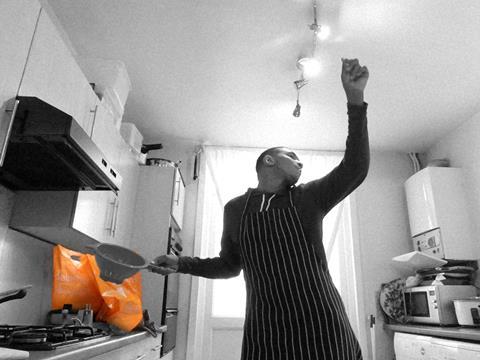
You couldn’t accuse the Sainsbury’s food dancing ad of playing it safe. Love it or hate it, the unlikely combination of rap, food preparation and throwing shapes in the kitchen certainly provoked a reaction. Created by newly appointed ad agency Wieden + Kennedy, it marked a distinct departure in tone.
So it’s little surprise that food dancing came out top in an index of the ‘bravest’ supermarket ads. In a study by aptly named ad agency Brave, which used a biometric tool to measure the galvanic skin response, facial coding and eye-tracking of 27 consumers while watching ads, Sainsbury’s scored a massive 90 out of 100. The daffodil ad in the ‘Lidl Surprises’ push came out last of the six supermarket ads tested, with just 12.
So what makes an ad ‘brave’? And can brave advertising really boost sales?
Put simply, the highest performers in Brave’s index were those that elicited a genuine emotional response from the audience. The key to generating this reaction is simple: keep it real. Sainsbury’s performed well because it used real-life customers of “all shapes and sizes” rather than actors, says Sophie Russell, senior planner at Brave. “Instead of being aspirational, it used real people and real, imperfect, authentic food,” she says. Plus, there was no obvious marketing message being rammed down viewers’ throats. The Co-op pursued a similar strategy for its ads, which came out second highest on the index. The people were real and, other than talking about its rewards, there was no obvious commercial push.
Head over heart
On the flip side, Tesco elicited a low score for its ad building individual “love stories” around mealtimes. Despite attempts to build an emotional connection, everything was “a bit too perfect and over-polished”, says Russell.
And the discounter efforts - ‘Lidl Surprises’ and Aldi’s ‘Everyday Amazing’ campaign - pushed a very rational message by tackling perceptions of poor quality. Russell can understand why. “It’s not right for them to go fully emotional, like Sainsbury’s, because the biggest thing is challenging those perceptions,” she says. “But they could do that in a more emotional way.” Russell cites Aldi’s popular and critically acclaimed ‘Like Brands. Only Cheaper’ campaign, which injected humour into the mix.
The bravery index: how the supermarkets performed
Sainsbury’s:
90
Co-op:
50
M&S:
46
Aldi:
17
Tesco:
13
Lidl:
12
Still, how important is being brave? Aldi, Lidl and Tesco are hardly suffering in terms of sales. Plus, M&S achieved the highest purchase consideration with ‘Adventures in Food’, despite a middling bravery score (although familiarity with the long-running campaign could have dulled emotions).
Dan Hagen, chief strategy officer at media specialist Carat UK, says functional ads can actually boost sales more effectively in the short term - a tempting prospect in today’s competitive environment. But he still backs the need for emotional supermarket ads in the long term.
“Those brands will grow better over time.” Jo Allison, consumer behavioural analyst at Canvas8, points out that eating is an emotional experience. “So supermarkets should in theory connect emotionally with consumers, so long as they are true to what they stand for.”
Not everyone will want to go down the same route as Sainsbury’s in using iPhone footage of customers dancing to a rap about marinating chicken. Brave’s Russell points out the latest M&S Spend it Well ad, which maintains its trademark slick production values, still pushes a genuine emotional message.
By taking the time to build these emotional connections, retailers could reap long-term rewards in sales.



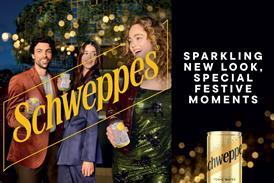
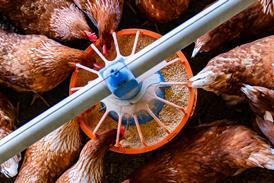


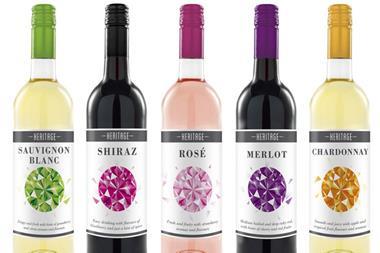
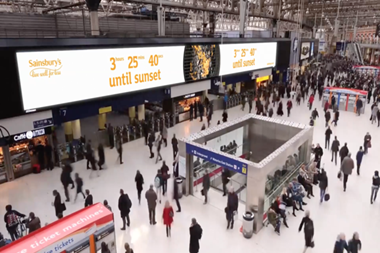
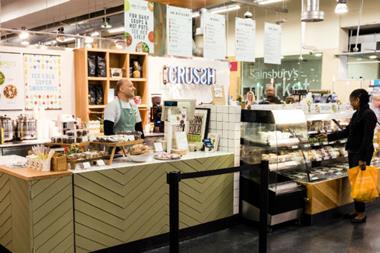

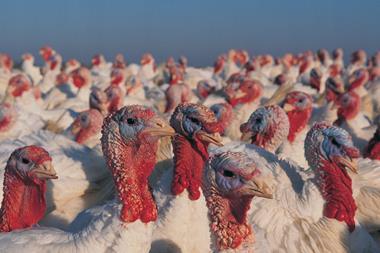
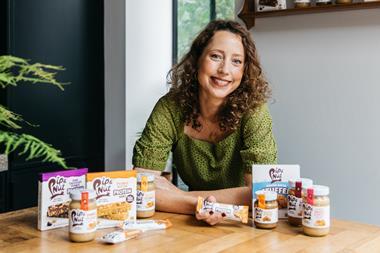




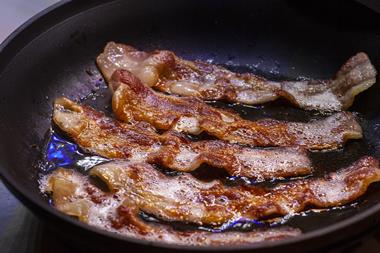
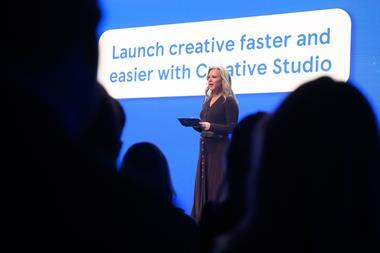
No comments yet